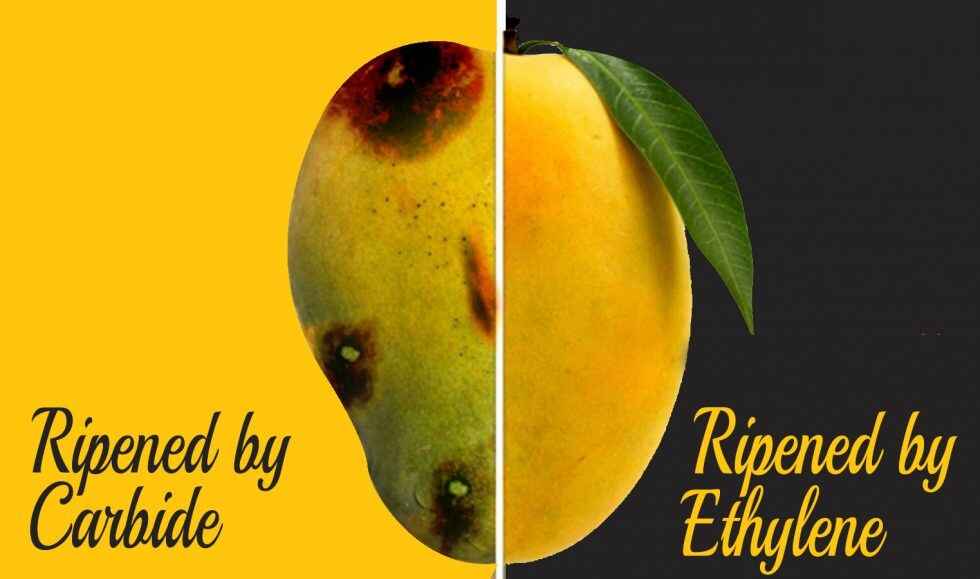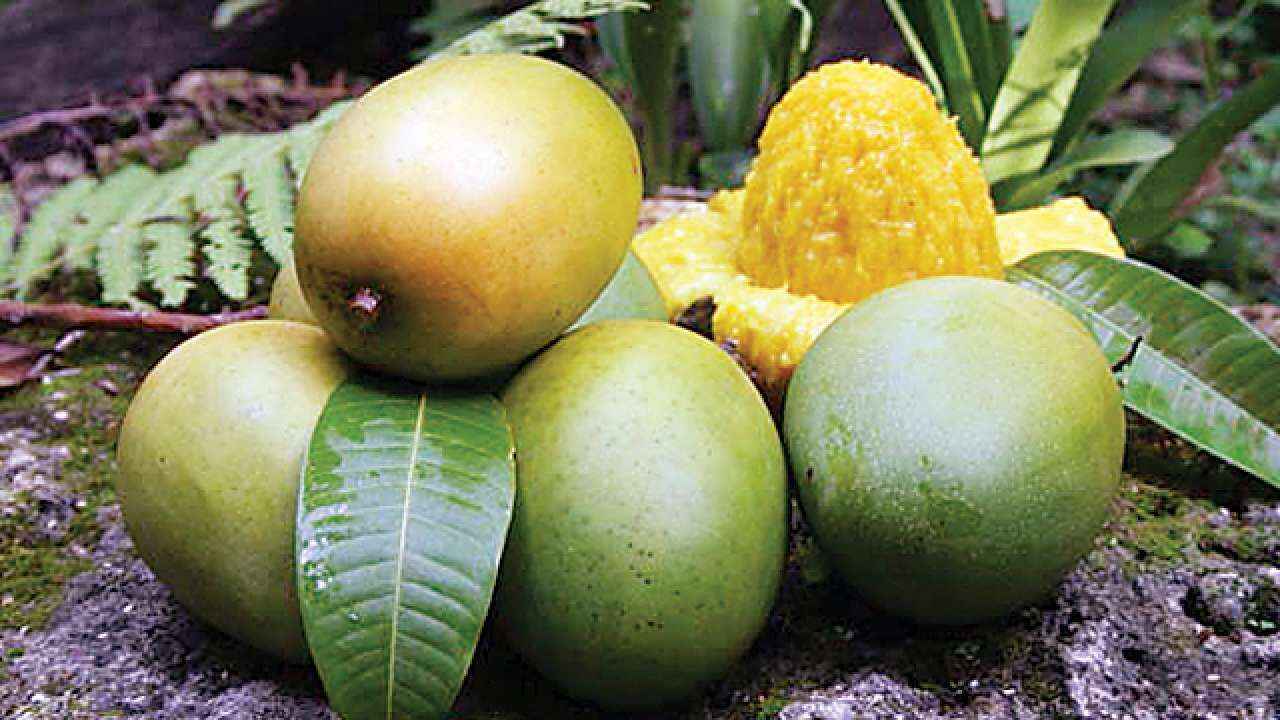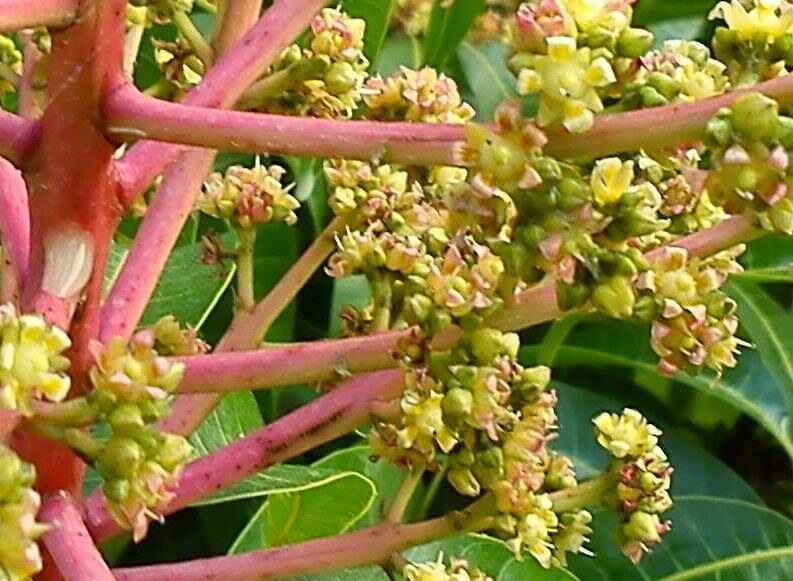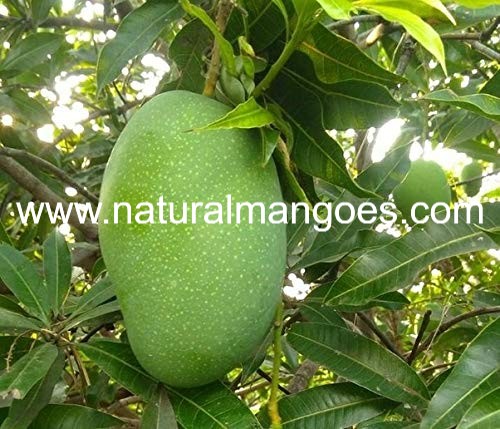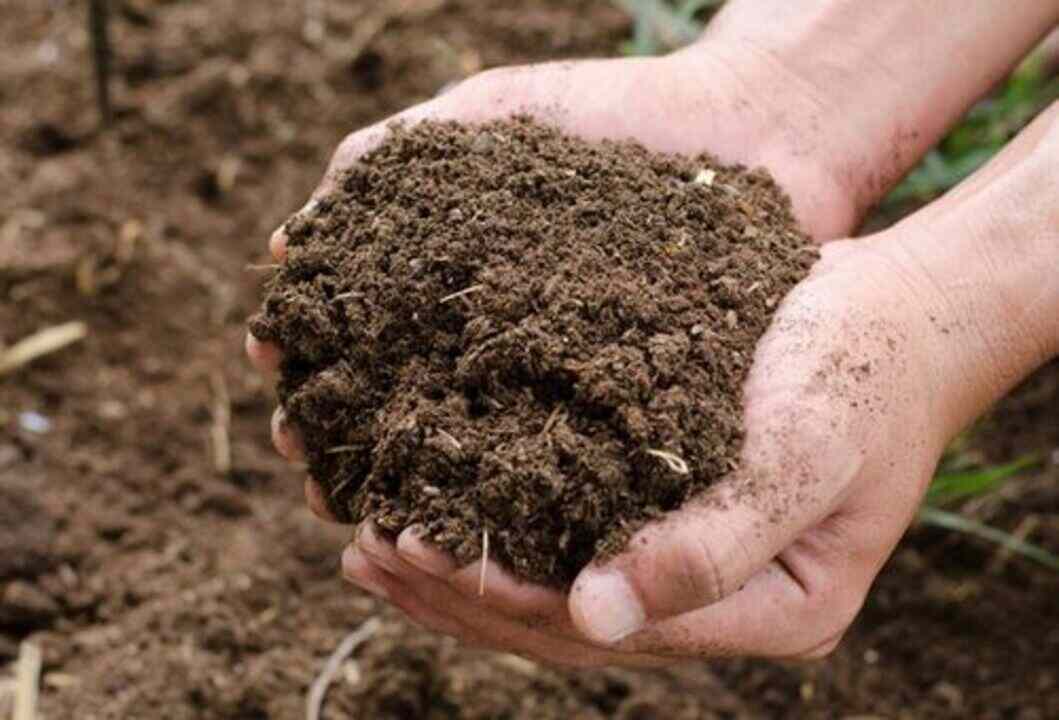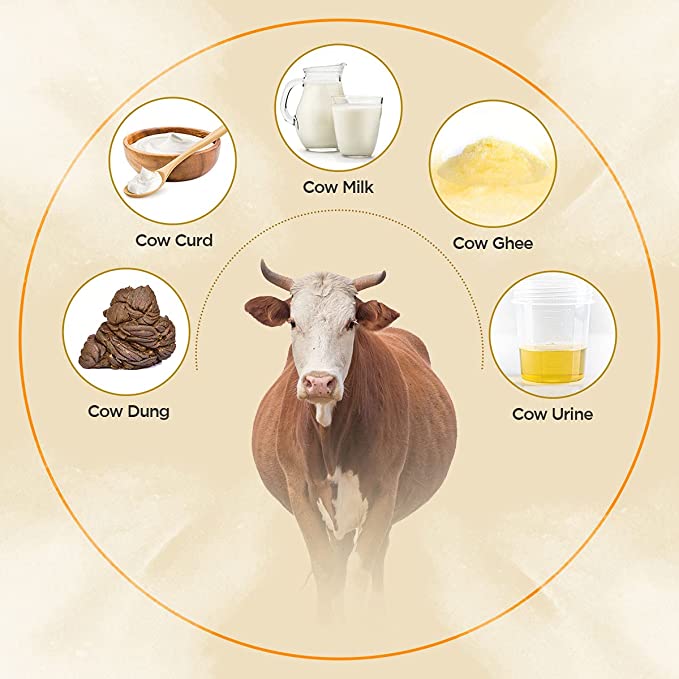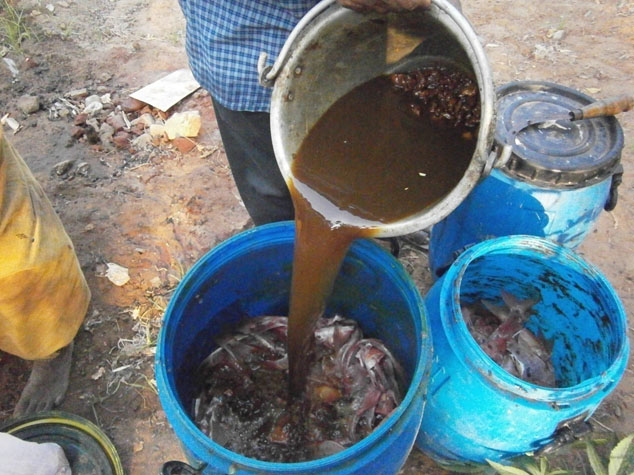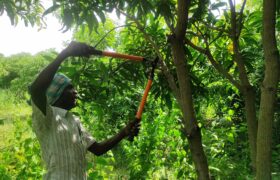Mango Farm Maintenance: Best ways to maintain a mango farm.
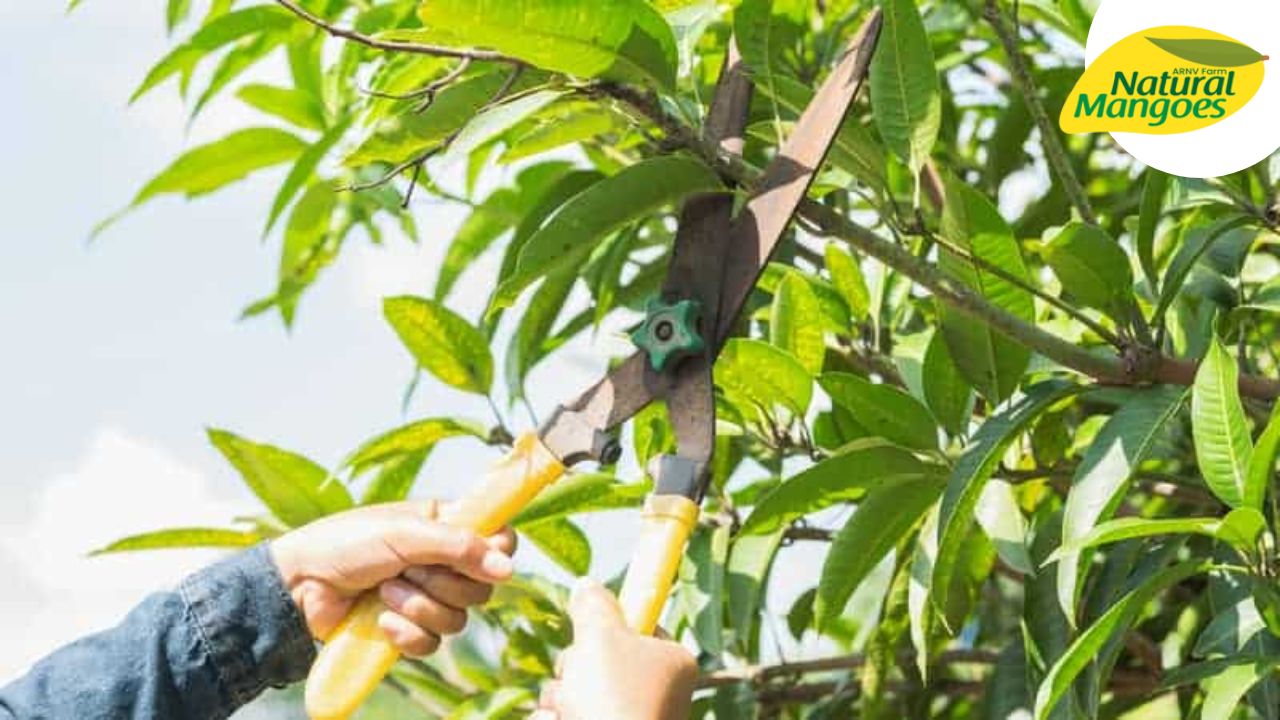
Mango Farm Maintenance: A blog post about the best ways to maintain a mango farm.
Mango farming is a delicate process. If you want to ensure a good yield, you have to be diligent in your maintenance. From fertilization to pest control, there are many factors that go into mango farm maintenance. In this blog post, we will explore the best ways to maintain a mango farm. We will cover topics such as irrigation, pruning, and more. Read on to learn how to properly maintain your mango farm and get the most out of your crop.
The mango tree
The mango tree is an important part of any mango farm. In order to produce high-quality fruit, the trees must be properly cared for and maintained. There are a few key things to keep in mind when it comes to mango tree maintenance:
1. Fertilize regularly. Mango trees need a consistent supply of nutrients in order to produce healthy fruit. Apply a balanced fertilizer several times throughout the growing season, following manufacturer’s instructions.
2. Prune carefully. Pruning helps encourage new growth and can also improve fruit production. When pruning, be careful not to damage the tree’s bark or branches.
3. Water deeply and regularly. Mango trees require a lot of water, especially during the hot summer months. irrigation system in place, make sure to water your trees deeply and evenly on a regular basis.
By following these simple tips, you can help ensure that your mango trees remain healthy and productive for years to come!
Farm Maintenance Tips
Assuming you would like tips for mango farm maintenance:
Mango trees are relatively easy to manage and maintain. However, there are a few key things to keep in mind in order to ensure a bountiful crop.
Prune your mango trees regularly. This will encourage new growth and also help the tree to bear fruit more efficiently. Dead or dying branches should be removed as well.
Fertilize your mango trees at least once a year using a high-quality fertilizer. This will help the tree to stay healthy and produce plenty of fruit.
Water your mango trees regularly, especially during dry periods. Deep watering is best, as it encourages deep root growth. Drip irrigation is ideal, but if you can’t set that up, simply water the tree deeply once or twice a week.
Mulch around your mango trees to help retain moisture and keep weeds at bay. Be sure not to pile the mulch too high against the trunk of the tree, as this can lead to rot.
Keep an eye out for pests and diseases that could potentially harm your mango crop. Treat any problems promptly with an organic solution, such as neem oil or ladybugs (for aphids).
Fertilizing mango trees
Fertilizing mango trees is one of the most important aspects of mango farm maintenance. Mango trees require a lot of nutrients to produce fruit, and without proper fertilization, the trees will not be able to produce a good crop. There are a few different ways to fertilize mango trees, and the best method will depend on the type of soil and the climate in which the trees are grown.
One way to fertilize mango trees is to use a fertilizer with a high nitrogen content. Nitrogen is an essential nutrient for plants, and it helps them to grow strong and healthy. For mango trees, a fertilizer with a nitrogen content of at least 10% is ideal. Another way to fertilize mango trees is to use compost or manure. Compost and manure are full of nutrients that help plants to grow, and they can be applied directly to the soil around the base of the tree.
It’s important to fertilize mango trees on a regular basis, as this will ensure that they have all the nutrients they need to produce a good crop. For most farms, it’s recommended to fertilize once every year or two during the growing season. If you’re using synthetic fertilizer, be sure to follow the manufacturer’s instructions carefully, as too much fertilizer can damage the roots of the tree.
Watering mango trees
Watering mango trees is one of the most important aspects of mango farm maintenance. Mango trees need to be watered regularly and deeply to ensure that they remain healthy and produce high-quality fruit.
There are a few different ways to water mango trees, but the most effective method is to use a drip irrigation system. Drip irrigation systems deliver water directly to the roots of the tree, which helps reduce wastage and ensures that the tree gets the moisture it needs.
Mango trees should be watered once or twice a week, depending on the weather conditions. During hot, dry weather, mango trees may need to be watered more frequently. If you’re not sure how often to water your mango trees, ask a local expert or consult your farm’s irrigation schedule.
Pest control for mango trees
Pests and diseases are the major constraints in mango production. Pest control is an important component of mango farm maintenance.
Mango pests can be broadly divided into two groups: those that attack the tree and its parts, and those that infest the fruit. Among the former group, stem borers, root grubs, leaf hoppers, shoots and flower webbers are the most destructive. Fruit flies, mealy bugs, scale insects, thrips and mites are the main pests infesting mango fruits.
Efforts to control pests and diseases in mangoes should be aimed at preventing their occurrence or minimizing their damage through a combination of cultural, mechanical and chemical methods.
Cultural methods include selection of disease-resistant varieties, proper site selection and crop rotation. Good agricultural practices such as pruning, weed control, irrigation and fertilization also help reduce pest and disease problems.
Mechanical methods like trapping, physical removal of insects and destruction of infected plant parts can also be effective in controlling pests.
Chemical control measures should be used only as a last resort when all other efforts have failed. Pesticides should be selected carefully based on their effectiveness against the target pest, safety to humans and non-target organisms and compatibility with integrated pest management programs.
Harvesting mangoes
Harvesting mangoes can be a difficult process if you don’t know what you’re doing. There are a few things that you need to keep in mind when harvest time comes around.
The first thing that you need to do is make sure that the mangoes are ripe. You can tell if a mango is ripe if it’s soft to the touch and has a deep rich color and aroma. If the mango is still hard or green, it’s not ready to be picked.
Once you’ve determined that the mangoes are ripe, it’s time to start picking them. You want to be careful not to damage the fruit, so be gentle when you’re handling them. Try to pick the mangoes from the tree without twisting or pulling too hard.
After you’ve picked all of the mangoes from the tree, it’s time to wash them off. This will help get rid of any dirt or debris that might be on the fruit. Once they’re clean, you can either eat them right away or store them for later use.
Conclusion
Mango farms are a valuable asset, and it’s important to keep them in good condition. By following these maintenance tips, you can ensure that your mango farm will stay healthy and productive for years to come. Thanks for reading!
For more information, please visit our website @ https://www.naturalmangoes.com


